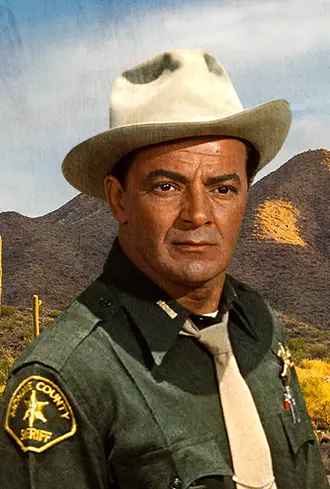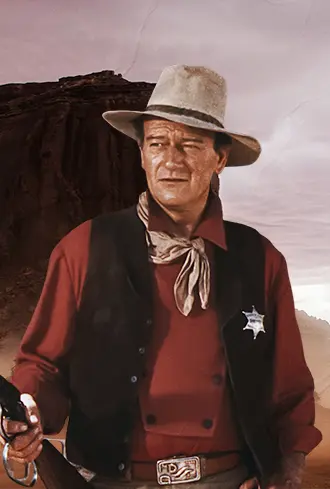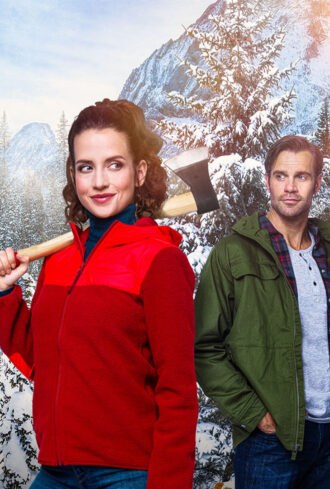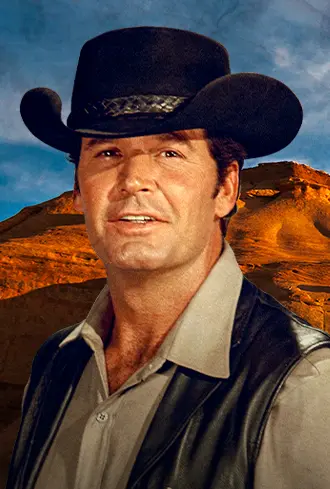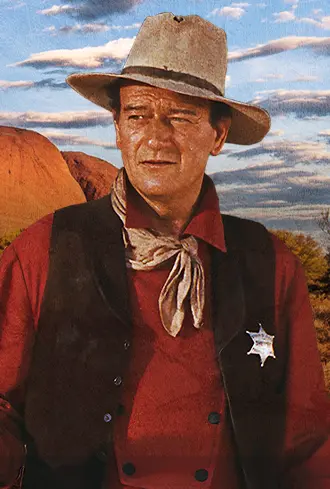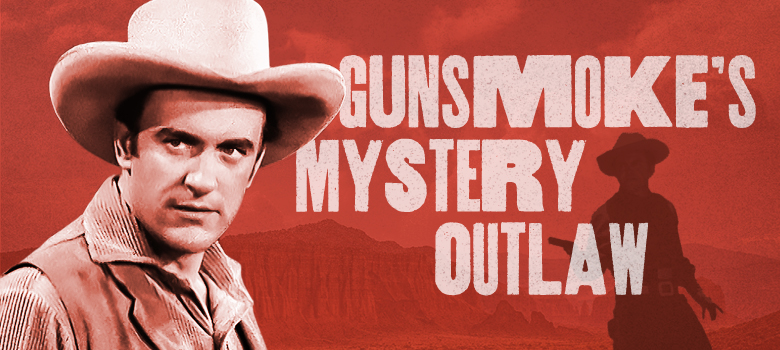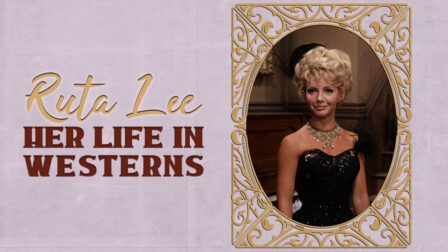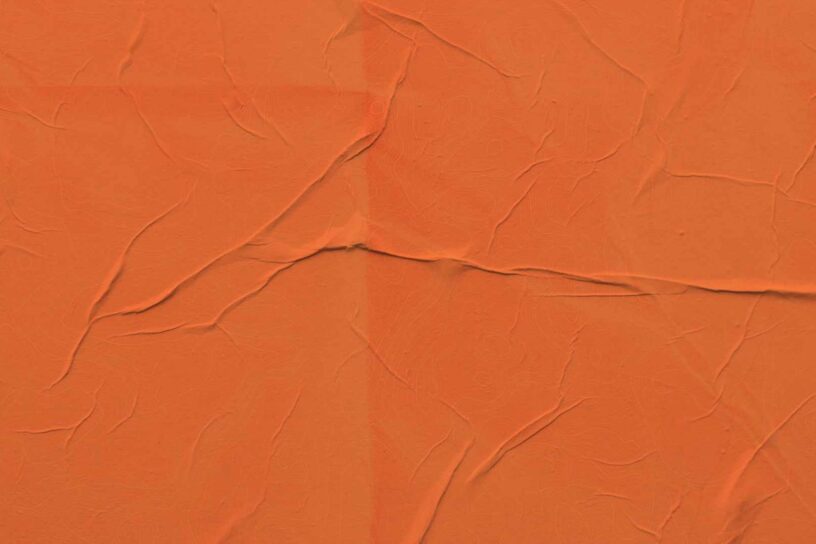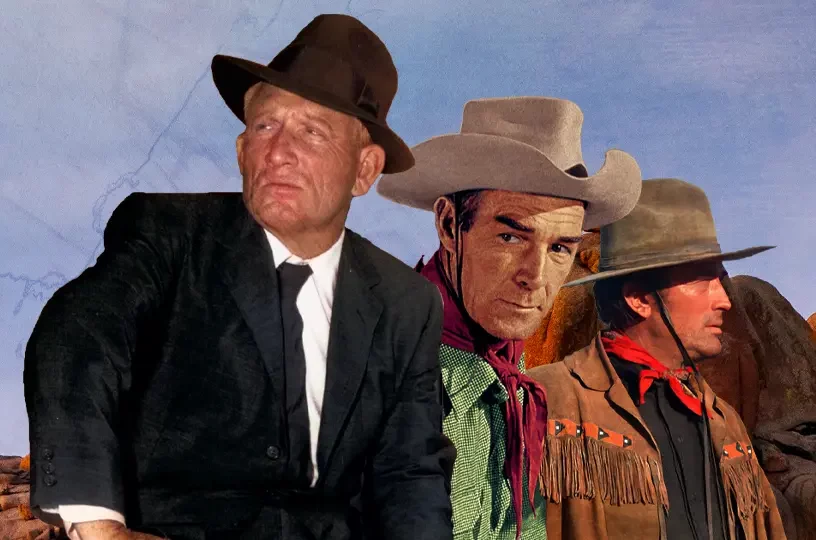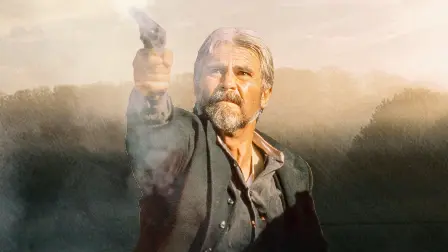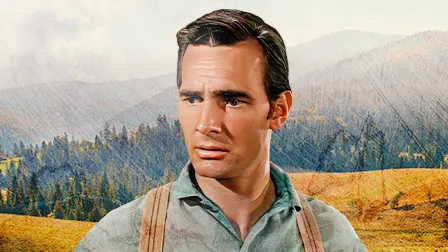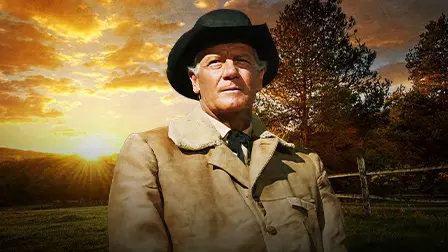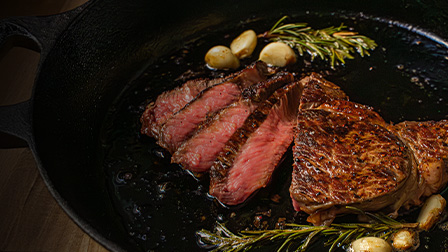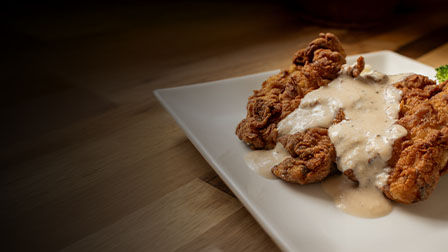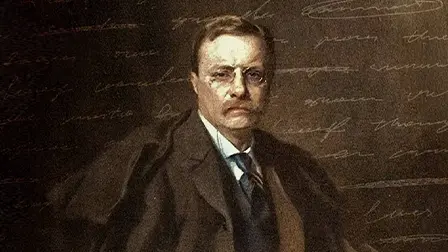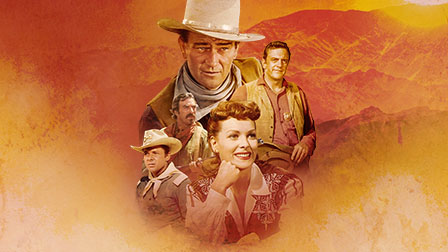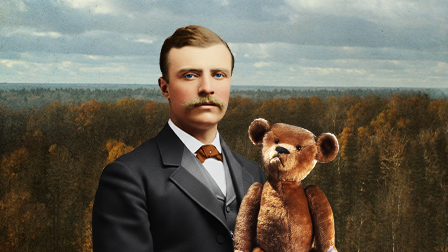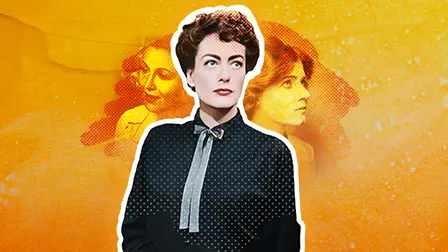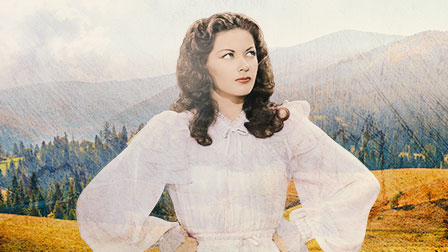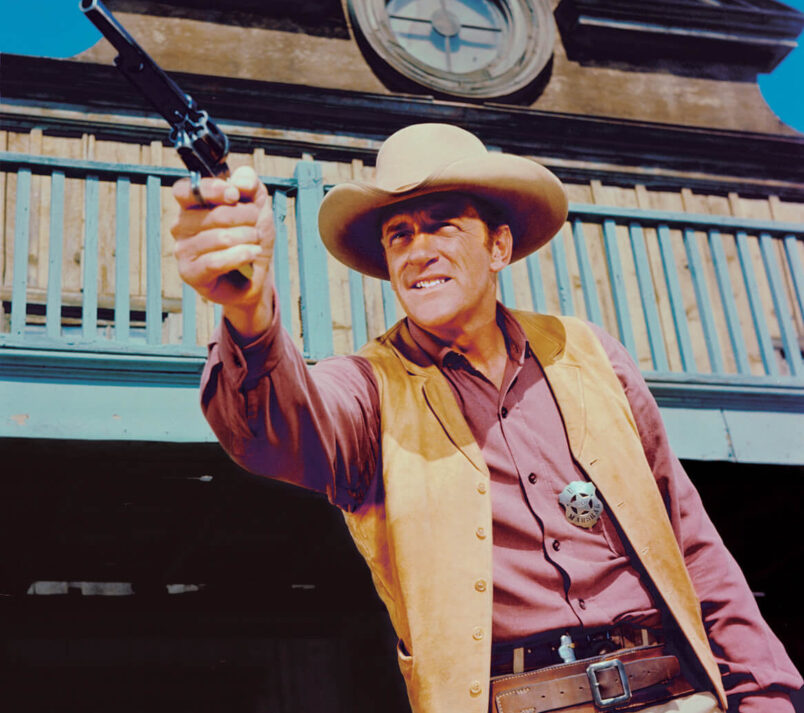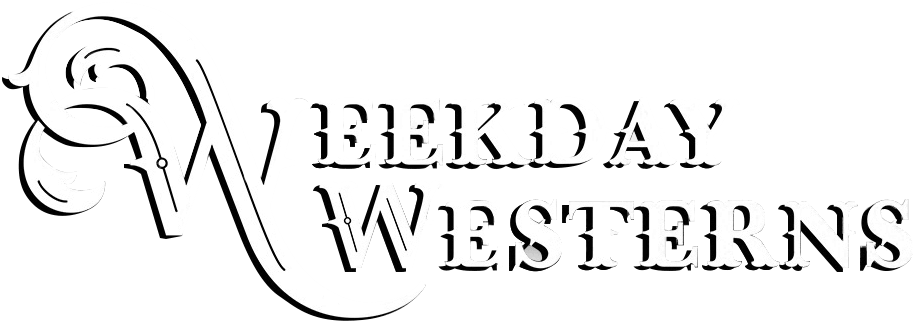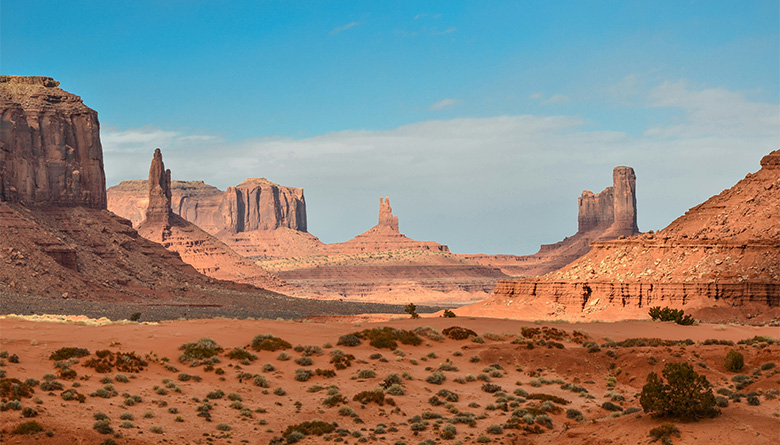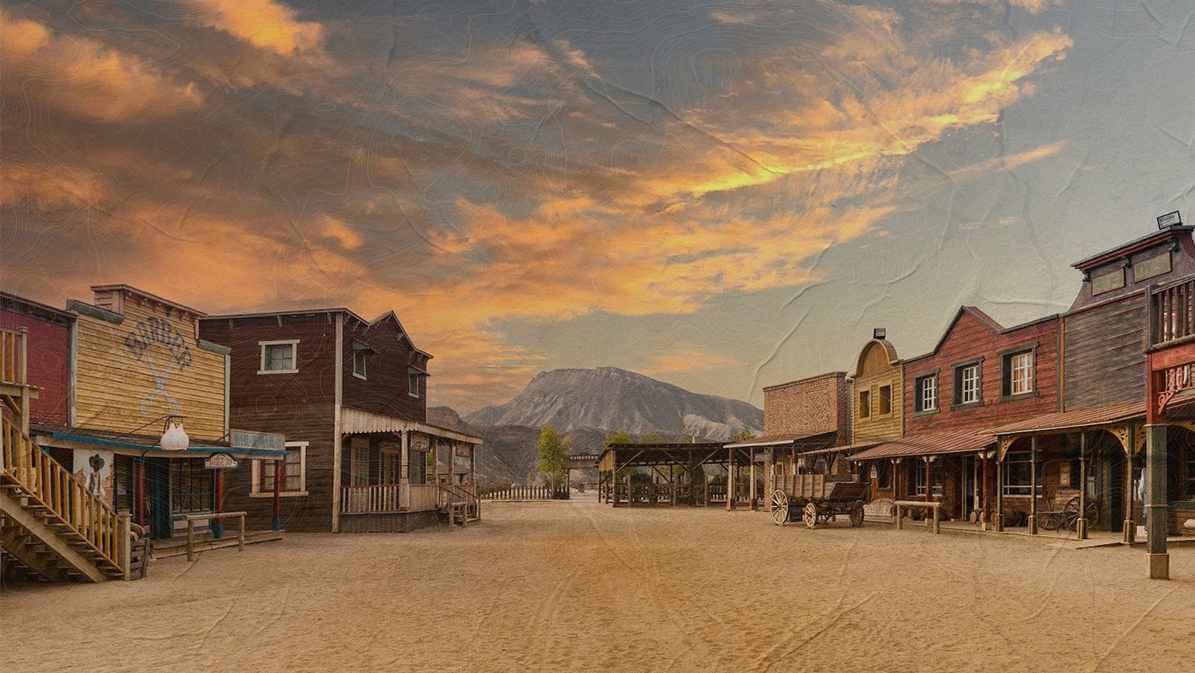Well, the fact is, nobody ever outdrew Matt Dillon. For years, at the start of every episode of Gunsmoke, Dillon, in the person of James Arness, faced a gunslinger on Dodge’s Main Street – and shot him down.
You never see the other guy drop. The camera holds on Matt, watching unblinking, the lowering movement of his head telling us the outlaw has hit the ground; Matt’s still watchful re-holstering lets us know the threat is over.
It was the same gunman each time, of course, and lest there be any idea that Dillon had only winged him, in season one the next shot was Matt pontificating while strolling through Boot Hill. But who was the man who caught the lead? And was he supposed to be someone in particular?
The first gunman was: Actor, Arvo Ojala. Born in Seattle in 1920 of Finnish parents, he polished his gun-skills on his father’s Yakima Valley ranch, where he practiced shooting heads off of rattlesnakes. A lightning-fast quick-draw artist, with a patented holster design, he came to Hollywood in 1950, and became legendary coaching Western stars, including the leads of all of the Warner Brothers series: Maverick’s James Garner, Cheyenne’s Clint Walker, Bronco’s Ty Hardin, as well as Wyatt Earp’s Hugh O’Brien. But perhaps he did too good a job coaching on Gunsmoke, since Arness outshot him every time.
Ojala continued for decades. He coached Paul Newman for Butch Cassidy and the Sundance Kid, Kevin Costner for Silverado, and his final screen credit was for Michael J. Fox in 1990’s Back to the Future Part III. He died in 2005.
Ojala’s gunfight with Dillon lasted for nine seasons, but season ten began with a new version of the shoot-out. The most noticeable difference was that, while the Ojala version was clearly out-of-doors, this new version, also set on Main Street, was shot in a soundstage, against a painted backdrop. Today it’s hard to miss, but on the smaller black & white TVs most people had in 1964, it looked fine. Why did they shoot a new opening that was almost identical to the original? Maybe because, while Arness still looked fine, he was nearly a decade older, making the jump from the 1955 close-up to the current Dillon a little jarring.
INSP General Store: Gather round and take a peek at all of our Gunsmoke offerings
Dillon’s new opponent was actor Fred McDougall, who fared no better than Ojala. Los Angeles-born McDougall entered the film industry as a stuntman, his first credit on the 1950 Robert Taylor Western, Ambush. He did stunts on a handful of Westerns, and played uncredited parts in episodes of Have Gun Will Travel, Wyatt Earp, Bonanza, and many others. But where he really hit paydirt was on Gunsmoke. Beginning in 1957, and continuing through the final season in 1975, Fred McDougal appeared on an astonishing 204 Gunsmoke episodes. Gunsmoke often would use the same extras or “atmosphere” actors over and over, year after year, and their familiar faces and costumes became part of the art direction. MacDougal was one of these lucky characters and managed to make an 18-year career of it, while occasionally popping up with small roles in films like Joe Kidd and Blazing Saddles.
After three years, 1967 brought a major change to Gunsmoke: color! The opening had to be reshot once again, happily back on a real exterior street, and this time, Bill Strathman played the not-fast-enough fast-draw. Something of a mystery, Strathman has no other known credits, and it’s unclear why he was chosen for this plum role.
Incredibly, after only one year, with the start of season 14 in 1968, another, completely different opening was introduced. Why the change this time? Jim Byrnes, who wrote 34 episodes of Gunsmoke during this period, explains:
“They had to change the opening of the show; it was usually Matt on the street, facing the guy in a shoot-out, and then we changed it to Jim riding a horse. We were warned constantly about violence in the show. The network was always on me because I kill a lot of people.”
The reason was political: assassinations, and a national rise in violent crime had convinced many Americans that excessive violence on TV was harming our kids. Either the networks would cut violence, or Congress would do it for them. With gunshots rationed, presumably CBS didn’t want to use one up on the opening credits.
For the final season, #20, one last opening was filmed: Matt and another guy face each other in the street, glare, and think about shooting each other. Nobody seems to know who Mr. No-Draw was.
But was the gunman that Ojala and MacDougal and Strathman played supposed to represent anyone in particular? Was he just a generic villain? Maybe, but maybe there was a little more to it. Take a look at Hack Prine, the first episode filmed though it’s the 26th episode aired. Prine is the name of an old friend from Dillon’s past, played with great depth by Leo Gordon.
(SPOLIER ALERT) Prine has been brought to Dodge for a job, not knowing the job is to gun down Dillon. At the end of the episode, they meet on Main Street, and shoot it out. Prine is dressed in a black hat, black vest, light shirt, black pants, holster, and boots.
In the opening, the man Dillon outdraws wears a black hat, black vest, light shirt, black pants, holster, and boots. It could be coincidence. Or it could be that killing Hack Prine at the beginning of every episode was the storytellers’ way of saying that Matt Dillon was determined to do his duty, even if it meant something as painful as killing a friend.
About Henry C. Parke
Brooklyn-born, L.A.-based screenwriter and wanna-be cowboy Henry C. Parke has been Film Editor for True West since 2015, and written Henry’s “Western Round-up,” the on-line report on Western film production, since 2010. His screenwriting credits include Speedtrap (1977) and Double Cross (1994). He’s the first writer welcomed into the Western Writers of America for his work in electronic media. He’s done audio commentary on a fistful of Spaghetti and domestic Westerns, and he’s got a saddle-bag full of Western scripts.
Can’t get enough of Henry? More blogs are coming to insp.com. In the meantime…
Follow him on Facebook
Suggest a Correction
We strive for accuracy and fairness. But if you see something that doesn’t look right, click here to contact us!

